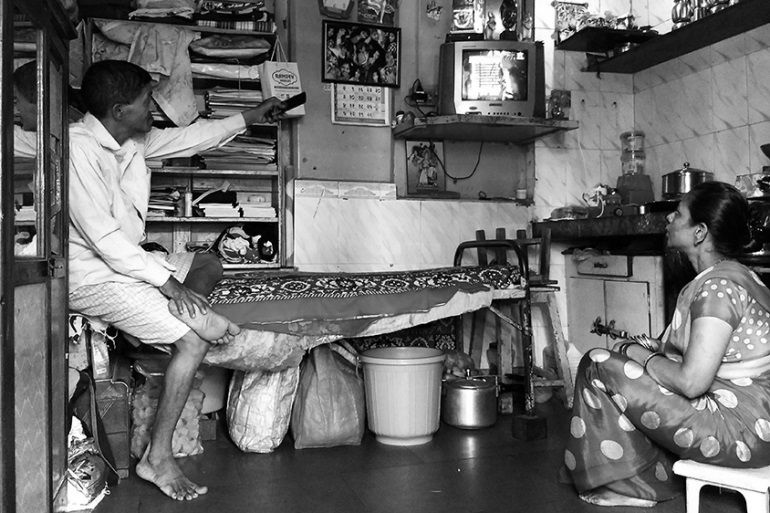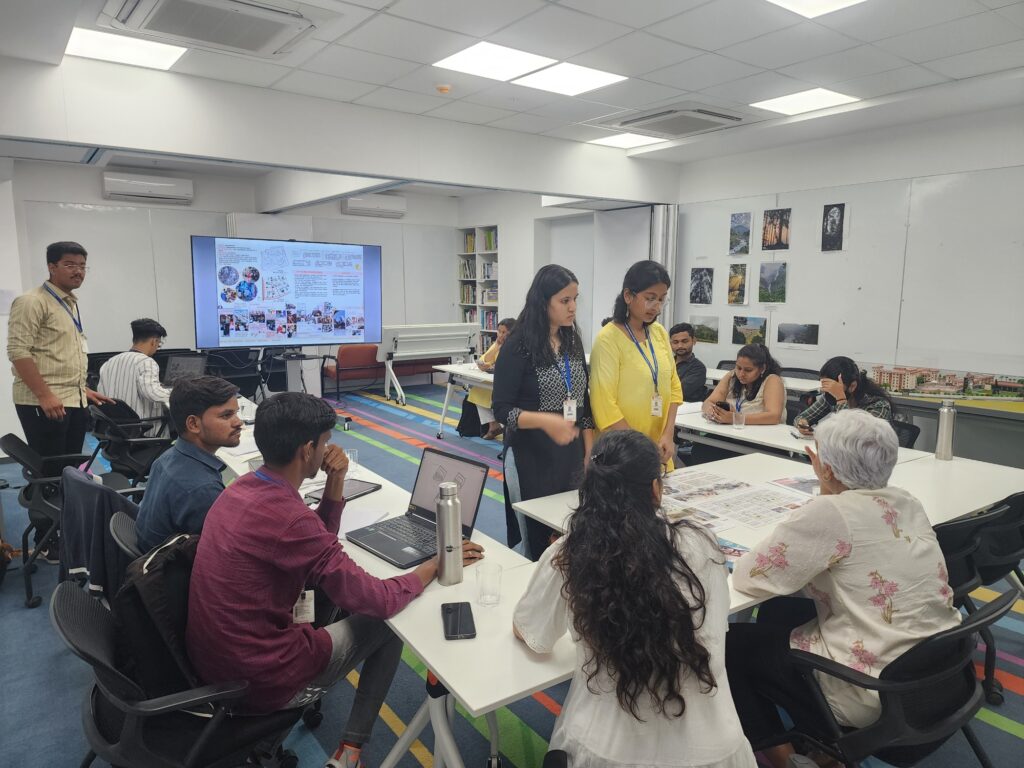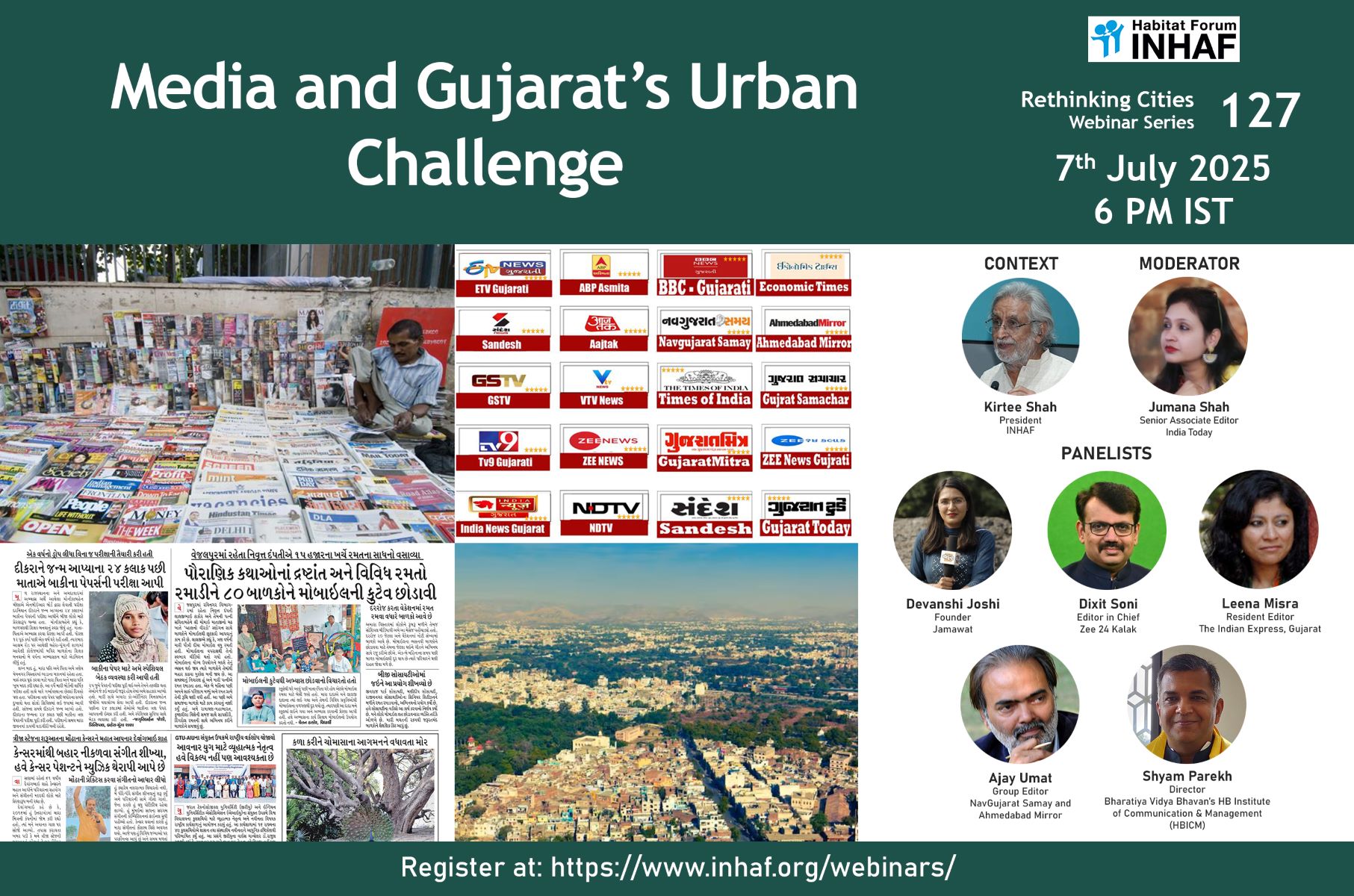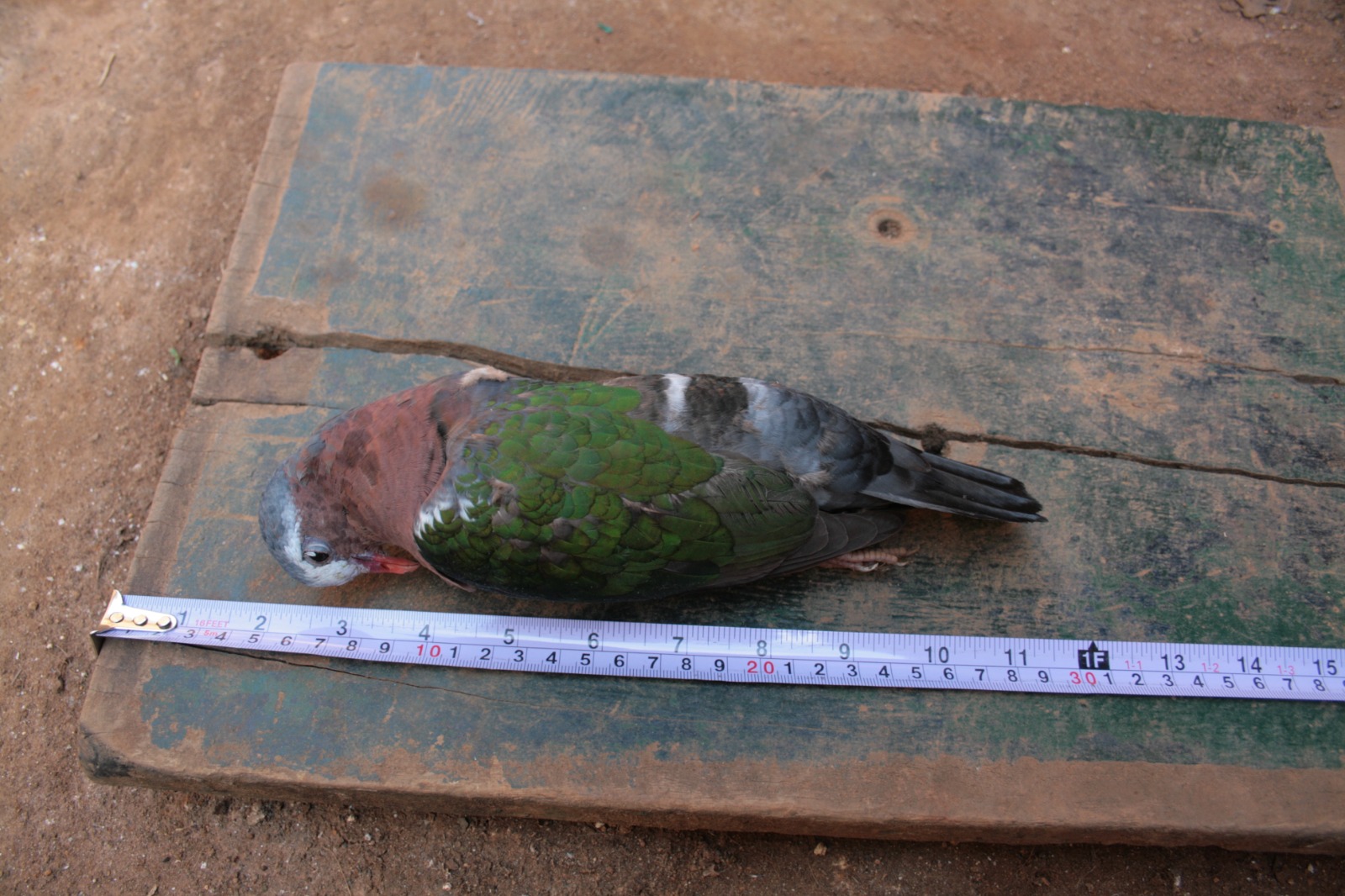
Affordable housing has become a major policy challenge in urban India. What initially began as an effort to address the needs of all economic and communal segments has now evolved into a complex intersection of stakeholder interests and disputes. Investigating deep into the root of the issue and contributing meaningfully as practising architects and NGOs, Habitat Forum (INHAF) and Sustainability Initiative (SI) organised the Open Ideas National Competition 2024 – Season IV- IMPROVING LIVABILITY OF SMALL HOUSES (OINC). With an intent to nurture the creative potential of design students and architects in addressing real-life challenges, this competition successfully harboured unique perceptions in the understanding of space and an endearing response to the sensitivity of the challenge.
India is facing a growing demand for small, low-cost, and utilitarian. With 96% of the housing deficit concentrated among economically weaker sections and low-income groups, this housing typology is expected to dominate the skyline of urban cities. Under the Pradhan Mantri Awas Yojana (PMAY-Urban), which aims to construct 1.12 crore houses across four verticals, a wide range of housing types are being built, demanding a surge in affordable housing projects. However, while these targets are being met, concerns over quality and end-user satisfaction persist.
Due to the small size, limited budgets, large-scale developments, and the predominance of larger families, there is a growing need for better-designed housing that enhances livability. This challenge further extends to in situ slum upgrading and slum rehabilitation projects.
Despite the entry and renditions offered by the organised private sector, the focus on design, workmanship, quality, delivery schedules, and maintenance reflects inadequacy due to the low-cost nature of these projects. Meanwhile, the public sector agencies continue to be the principal suppliers, paralleled by an increasing awareness of quality issues.
Although the issue is acknowledged, architects often shy away from the affordable housing sector, perceiving limited scope for creative expression in small, low-cost designs. This results in a lack of innovation and subpar outcomes.
Often, the “people angle” is neglected, as private builders prioritise other things, inadvertently overlooking the basic needs of the end-users. The privileged mindset of architects and designers, rooted in their experiences with higher-end projects, often leads to impractical solutions that manifest in the creation of “vertical slums” or pigeonhole high-density housing complexes. Paradoxically, sustainability—a thought process that could greatly benefit affordable housing—is often neglected, as it is typically reserved for more upscale developments, leaving these projects without essential environmental considerations.
Against this backdrop, the competition sought to shift the focus of design thinking towards improving the livability of small homes, be it physical, socio-cultural, ecological, or psychological. The solutions sought by the competition emphasised innovation, inclusivity, and integration into the broader context. The design aimed to be sustainable, practical, and responsive to the challenge’s unique requirements, paving the way for more livable and contextually appropriate affordable housing solutions.
The budding minds of architects might face constraints in imagining the totality of a space or the contextual need of the challenge; hence, a mentorship program was arranged for a semester to guide them in envisioning their thoughts into reality. Each group of students were assigned a mentor from the practising field as well as faculty, encouraging their designs with a one-to-one approach. Dwaipayan Chakravarty, Rahul Malvadkar, Anagha Paranjape Purohit, and Kirtee Shah actively mentored students from SMEF’s Brick School of Architecture (Pune), Vivekanand Institute of Technology’s Dept. of Architecture (VIT, Pune) and Dept. of Architecture, Vellore University. This, in turn, highlighted the necessity of the juries and discussions in refining designs and heightening sensitivity to the challenge.
Anagha Paranjape Purohit remarks, “Young architects, who once saw slums as a problem from the outside, gained a deeper understanding by experiencing them firsthand. They saw how people turn these spaces into homes, sparking interest in this specific field which is not found very attractive by young architects.”
While the competition sought innovation, the 24 selected entries from the 64 submissions demonstrated an empathetic understanding of the design challenge, sensitive to the needs of the urban poor, not only in the essence of physical livability but in the pursuit of their better habitation. As the competition procured more entries and the jurors reviewed the design outcomes, it became evident how impactful a bit of guidance and practical effort could be in yielding such impressive results.
What truly stood out was the in-depth SWOT analysis, the careful nit-grinding of the bye-laws and a thoughtful approach to communal inclusivity, all tailored to the context. Despite belonging to privileged backgrounds, and with such a coveted exposure, it was a challenge for young minds to break the shell, step out into reality and design according to the end-user’s needs.
Nevertheless, the students showed remarkable efforts as they navigated around techno-legal constraints and designed small homes that maximised both space and environmental considerations. By providing the minimal 300-400 square feet of living space with maximum functionality, their designs not only excelled but also ranked highly on the livability index.
While innovation was encouraged, it was essential to strike a balance between creative vision and what is feasible in reality. The marked aspect was to understand the building byelaws, by both the practitioners, academicians and students, to undertake thorough research, identify loopholes and tweak them, propose recommendations that could ultimately benefit the society. Being integral to changing these essential policies, we, as a part of the architectural diorama, can bring the change with efficient study, planning and proposal.



The jury included an eminent panel of jurors, comprising architects, urban planners, academicians, development sector experts, and representatives of NGOs, among others. The panel featured Anagha Paranjape-Purohit, Trustee of SI, Dwaipayan Chakravarty, Core Member of SI, Anup Naik, Co-Founder & Director of UrbanFrame Pvt. Ltd., Khondaker Hasibul Kabir, Co-Founder of Co.Creation.Architects (CCA), Kabir Vajpeyi, Principal Architect at VINYAS, Riddhi Bora, Founder & Principal Architect of Prayog Design Collective, Kirtee Shah, President of INHAF, Rahul Malwadkar, Director of Malwadkar Architects Pvt. Ltd., Sandeep Mahajan, Consultant at Omkar Associates, and Ankur Anil Pandhe, Founder of Pandhe Group.
With a transparent review of all the designs, this initiative to the less-explored design challenge concluded in a selection of winners’ team– Snehal Santosh Bisoyi, Sanjana Pahade, Siddhi Darakh, Shivani Bodkhe, Rajeshwari Wadatkar, Aryan Paul, Dev Parmar, Riya Karite, who worked on the Revitalisation of CIDCO-developed site in Airoli, Navi Mumbai, Maharashtra. With the gracious presence of Barjor Mehta, President of CEPT University, this competition concluded with its final prize distribution ceremony on December 31, 2024, with architects, citizens, and guests of both INHAF and SI in attendance.




The Open Ideas National Competition 2024 – Season IV- IMPROVING LIVABILITY OF SMALL HOUSES successfully set an approach precedent and brought us a step closer to implementing design solutions for critical challenges. We look forward to collaborating and creating more platforms like this, engaging not only professionals but also students and the entire fraternity, encouraging them to think deeply about such challenges, recommend improvements, and establish a unified framework of innovation and change in the field. We are eager to take the next step and implement these solutions in real-time. The contributions from young minds have certainly provided momentum for future progress.
Given the state of affordable housing, this is not just a topic to be shelved; it’s a call to address issues at the grassroots and find real solutions.
With inputs from Dwaipayan Chakravarty (Jr. Partner & Div. Leader – VK:a architecture and Core Member – SI)



